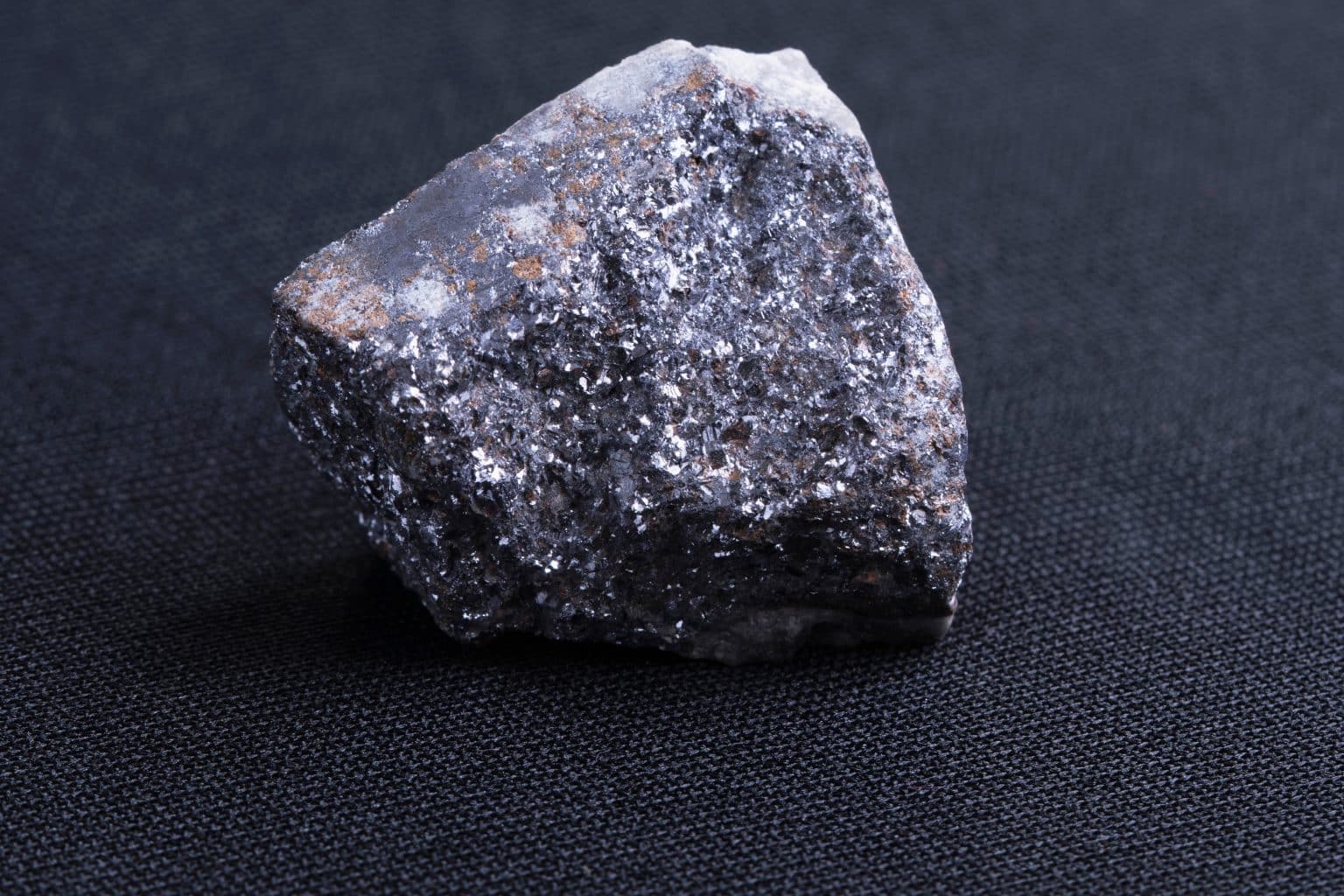Why are lead, silver and zinc found together in mineral deposits?
It’s extremely rare to find a deposit comprising just one metal. That goes double for precious metals like silver, gold and platinum.
So, although many mining companies focus on extracting one or two valuable metals, the reality is their deposit will contain an array of complimentary minerals.
Why is that? And why do many silver mining companies also produce lead and zinc?
To understand why today’s mining companies have a diverse portfolio of precious and industrial metals, we need to travel millions of years into the past.
Why silver is found with zinc and lead?
A quick rundown of carbonate-hosted lead-zinc deposits
It’s common to find silver, lead and zinc together in sulphides such as galena (PbS, lead sulphide) and argentite (Ag2S). In Australia, and Sorby Hills in particular, these deposits have formed in carbonate rocks like limestone.
Carbonate-hosted deposits formed when salt and metal rich, hot ground waters flowed through carbonate rocks. The liquid reacted with the carbonate rocks and cooled, precipitating minerals like galena and sphalerite (ZnS, zinc sulphide).
Silver can be present in these deposits because the silver and lead sulphide minerals form under the same geological conditions. As the fluid passed through the rocks some 300-400 million years ago, the metals co-precipitated as sulphide minerals, forming lead rich galena with significant inclusions of silver rich minerals like argentite.
Why this matters for investing in silver?
Native silver is scarce. Most of the world’s silver supply comes from ore that contains low percentages of the precious metal.
For example, Sorby Hills, Australia’s largest undeveloped silver-lead-zinc deposit, contains an estimated 35 grams of silver per ton of ore. That’s around 53,000,000 ounces.
Understanding the sources of silver explains why anyone considering an investment in an ASX-listed silver mining company should also pay attention to lead prices. Although the two metal prices move independently, long-term trends and market outlooks can inform your decision to invest in silver and lead mining stocks.
Sorby Hills mineralisation
Recent high-grade assay results at Sorby Hills have further confirmed the deposit has very substantial silver.
The primary mineralisation is rich in silver and lead, with moderate to high pyrite (FeS2, iron disulphide) content and low sphalerite. There are massive lenses of galena occurring in the areas containing clay, becoming more abundant below the lead mineralisation.
Getting silver out of galena
Lead and silver also have similar extraction and processing methods. That’s good news as we move towards production at Sorby Hills.
Once we extract and process the ore on-site, at least 25% of the concentrate produced will travel to the headquarters of our joint venture partners, Henan Yuguang Gold and Lead Co., Ltd. There, the ore will undergo a smelting process that’s been gradually improved since the first smelters fired up around 4,000 years ago.
Ultimately, we’re targeting 82% silver recovery and 95% payability. With the global silver market tipped to grow in the coming years, we believe those targets make Boab Metals (ASX: BML) one of the most exciting silver mining stocks on the ASX.
Dig deeper into lead-zinc deposits
If you’re interested to learn more about the mineralogy at Sorby Hills, you can find the information in the Projects section of our website. We also presented the results from our Definitive Feasibility Study in early 2023. You’ll find that data in the Investor section, along with loads of helpful information for investing in Boab Metals.

